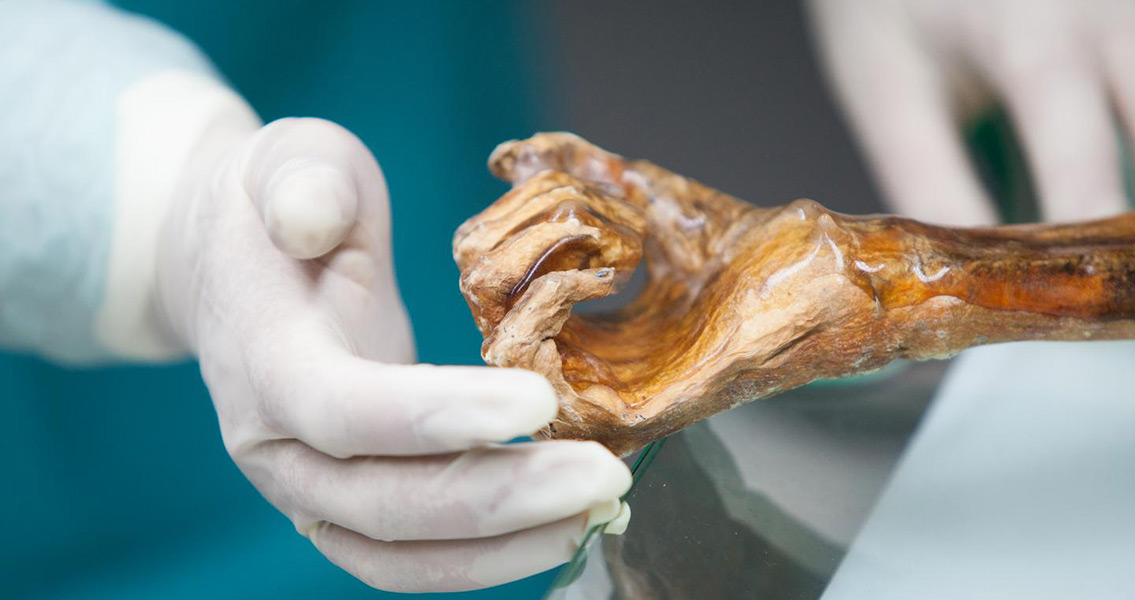<![CDATA[Ötzi the Iceman – the now famous mummy who lived more than 5,300 years ago in the eastern Alps, – continues to provide information on the history of Homo Sapiens. The latest research comes from the European Academy of Bolzan/Bozen (EURAC). In 2012 Ötzi's Y chromosome, which is passed from father to son, was fully analyzed and it was determined at that time his paternal genetic line - named G2a – could still be found in today’s populations. By comparison, research into Ötzi's mitochondrial DNA, which is only shared between mother and child, seemed to raise more questions than it answered. Researchers from EURAC took on the task of determining if the Iceman’s maternal genetic line had also left its mark on modern day populations. An earlier 2008 study of his maternal lineage – named K1f – found that it was untraceable in today’s populations, but it couldn’t determine if this was a result of insufficient samples available for comparison, or if the maternal line had gone extinct. In this new study his mitochondrial DNA was compared to 1,077 modern samples, (vs. 85 samples in the earlier study) 42 of which were from the eastern Alps and had not previously been included in any research. Additionally, the researchers compared the Iceman’s genetic data to other European Neolithic samples to clarify his genetic history in relation to demographic changes in Europe from the Neolithic period forward. According to the recently completed study, researchers believe the data conclusively shows that the Iceman’s maternal lineage is not present in modern people, and that there isn’t even anything evolutionarily close to it. Researchers now propose the mitochondrial lineage of Ötzi originated locally in the Alps, within a society that didn’t grow demographically. It’s yet to be explained exactly why the Iceman’s maternal genetic line has disappeared while his paternal lineage is still in existence. In an effort to shed some light on this, researchers from EURAC compared Ötzi's Y chromosome and mitochondrial DNA with all the relevant and available data from a variety of ancient samples collected from 14 archaeological excavations throughout Europe. The results show the paternal lineage of Ötzi was very common in several different regions of Europe during the Neolithic age, at the same time his maternal line likely existed solely in the Alps. After putting together all the genetic data from the modern and the ancient samples researchers now believe the following scenario best explains the genetic history of the Iceman: Ötzi's paternal lineage (G2a) belongs to an ancient genetic group who arrived in Europe with the migrations of early Neolithic people from the Near East approximately 8,000 years ago. Various demographic events in addition to further migrations and other factors which occurred after Europe’s Neolithic Age partially replaced G2a with other genetic lineages, except in geographically isolated regions like Sardinia. In contrast, Ötzi’s maternal branch originated at least 5,300 years ago in the Alps. The same migrations which replaced just part of his paternal line caused the extinction of his maternal line which was isolated to a small and stationary (demographically speaking) population. Image courtesy of South Tyrol Museum of Archaeology/EURAC/M.Lafogler ]]>
The Iceman Is Still Delivering New and Valuable Information
